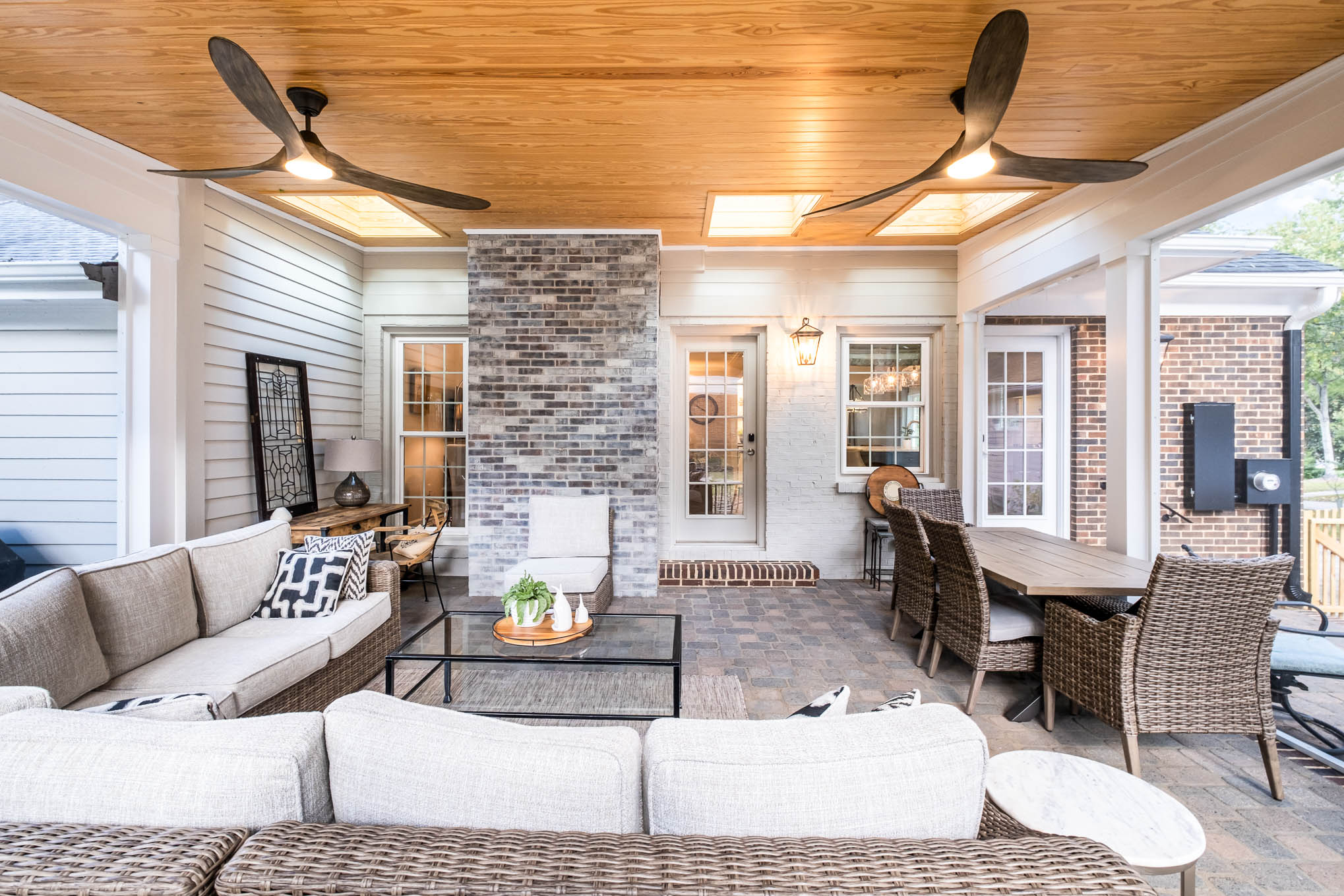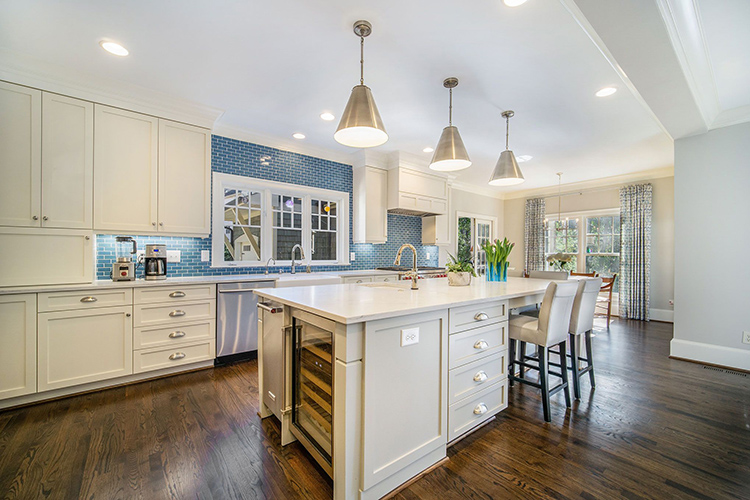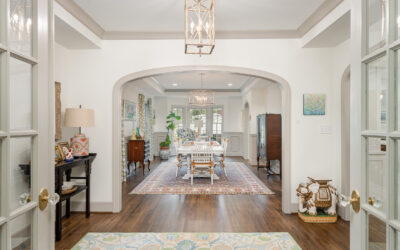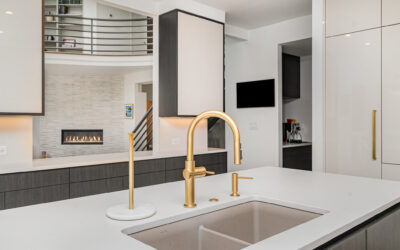By now, we’ve all heard the term “being green” when referring to design choices and the overall way we live. Here at Creative Design Solutions, we try to be as eco-responsible as possible. We consider an eco-responsible approach both in the products we use during renovation and in the material selection we choose for your design aesthetics. Last year, Heather earned her ReGreen Certification to support our responsible design effort. It is something we are passionate about!
However, we’ve found that there are a few really common misconceptions about what “eco-friendly” or being “green” really means. We know it’s hard to decipher between what is being marketed to you and what is truly a good choice for your home. So we are shedding a little light on a few examples to help you in your search for ways to be more aware of what constitutes truly sustainable design.
Responsible Design Choices
You all do your part to be conscientious consumers. You reduce, reuse and recycle as much as possible. You might even research and choose the most eco-friendly products you can buy. When fixing, updating, remodeling or designing your home, we do our best to choose the most responsible design options for the longevity of your home.
However, what you might not be aware of is that not all “eco-friendly” products are what they seem. Just as objectionable situations can be “whitewashed,” products that really aren’t very good for the environment are often “greenwashed.” And it might surprise you why some of the products on the market aren’t as sustainable as you might think.
Be Aware of Deceptive Marketing
The definition of greenwashing is when a company or organization spends more time and money trying to convince the public that they are “green” through advertising, branding and marketing than actually implementing business practices that minimize environmental impact. From the materials used to the manufacturing process, the true environmental impact and standpoint must be thoroughly examined and understood to truly know if a product is eco-friendly.
There are a variety of different standards, scales and systems for evaluating the “greenness” of a product. Certification processes like LEED or ReGreen are just two examples. These systems measure in terms of parameters such as:
- Maintenance
- Air quality
- Energy required to manufacture it
- Energy required to recycle it
For instance, products located within 500 miles of their destination point are often considered “regional” and therefore more eco-friendly, even if they are not very “green” in other ways. As long a product meets at least one element on a “green standards” scale, the product can be called “green,” even if it really isn’t.
Examples of Products That Aren’t As Responsible As They Seem
The following are examples of items actually aren’t as eco-responsible as their manufacturers often claim:
- Recycled glass tiles. While these tiles are indeed made of recycled materials, if they are imported from another country, the cost and impact of transport and shipping increases the size of the carbon footprint dramatically.
- Bamboo flooring. While bamboo does grow faster than other trees such as oak, it isn’t as hard and resilient as oak and must be maintained and replaced more often. Bamboo is also often imported as well, increasing the impact on the environment due to manufacturing and shipping.
- Carpet containing recycled material. While the recycled fibers in this type of carpeting would seem like a selling point, the fibers are typically synthetic. The processes and products required for its cleaning and maintenance can actually outweigh any benefits it might have.
What Can You Do?
Here are some examples of how to be more responsible in your design and material selections:
- Deconstructing. Consider deconstructing a home rather than demolishing it. Recycling every material possible helps to keep waste out of landfills.
- Consider wool rugs instead of synthetic. Wool is a natural fiber type created using a natural process. It is an easily-renewable resource with no chemicals in it so it won’t reduce your indoor air quality like synthetics do.
- Renovate or repurpose whenever possible. Renovation and repurposing are the most environmentally-friendly choices of all. For example, items such as cabinetry and light fixtures can be easily updated by painting and repurposing.
- It’s new to someone. When doing home updates, consider visiting resale shops and antique stores to find “old” items that will be new to you. If downsizing or renovating, take your items to a place like Habitat so that someone else can benefit from them.
In order to be truly eco-friendly, be on the lookout for “greenwashed” products that aren’t all they seem to be. If responsible design is important to you and you have a project coming up, we’re ready to share our expertise. Contact us to get started!









